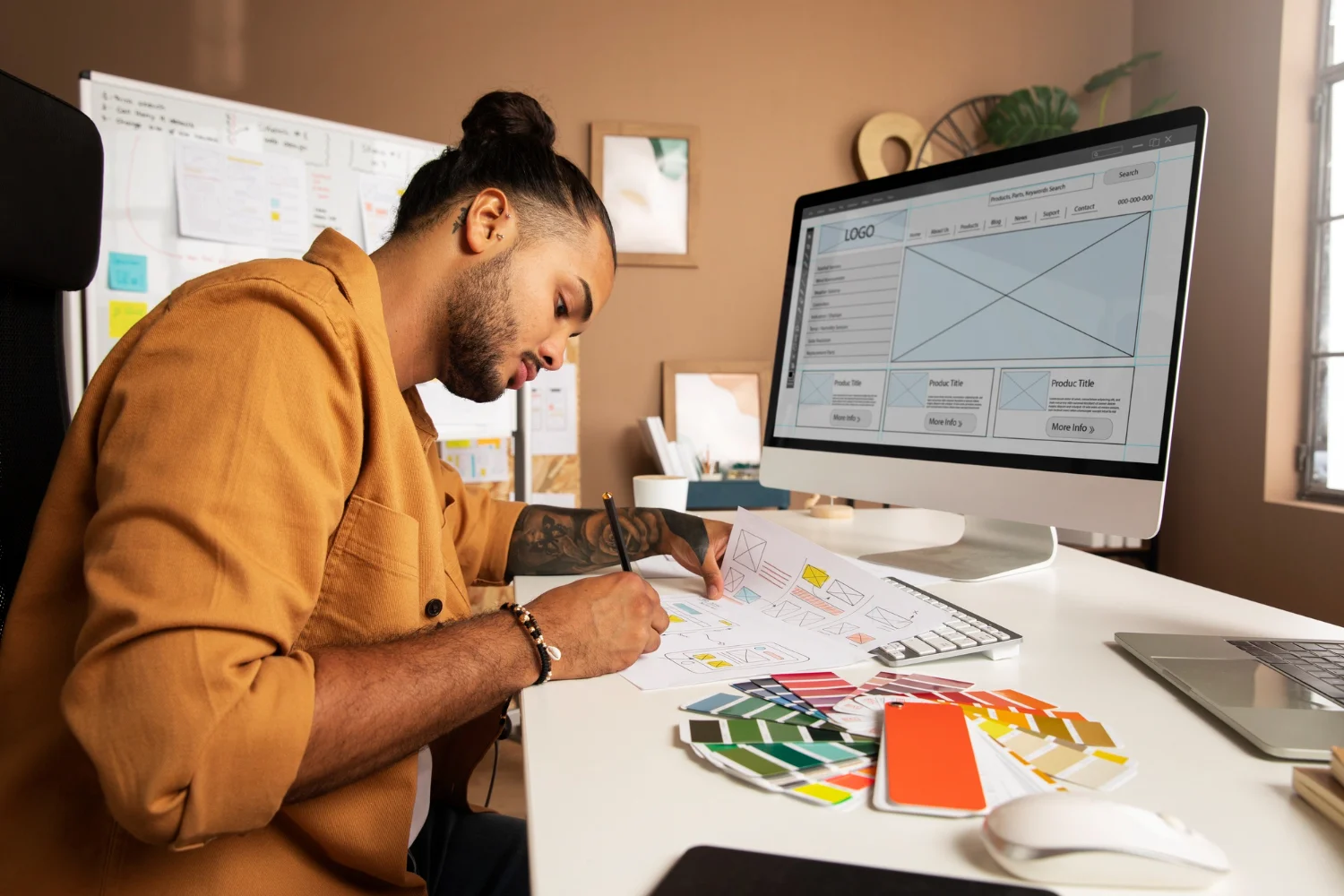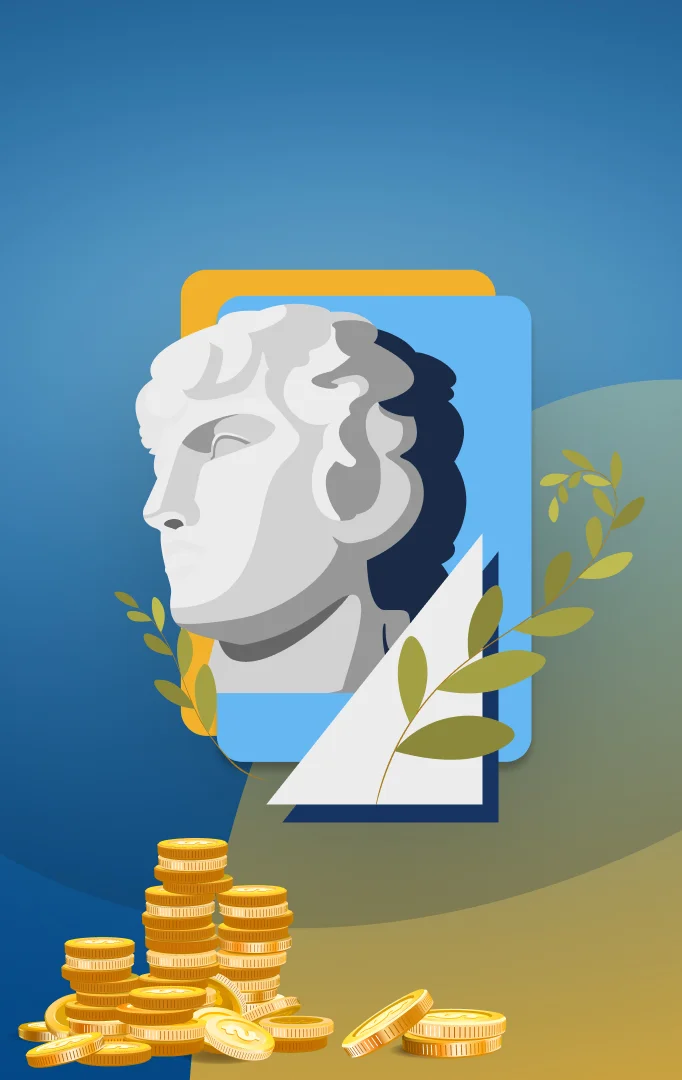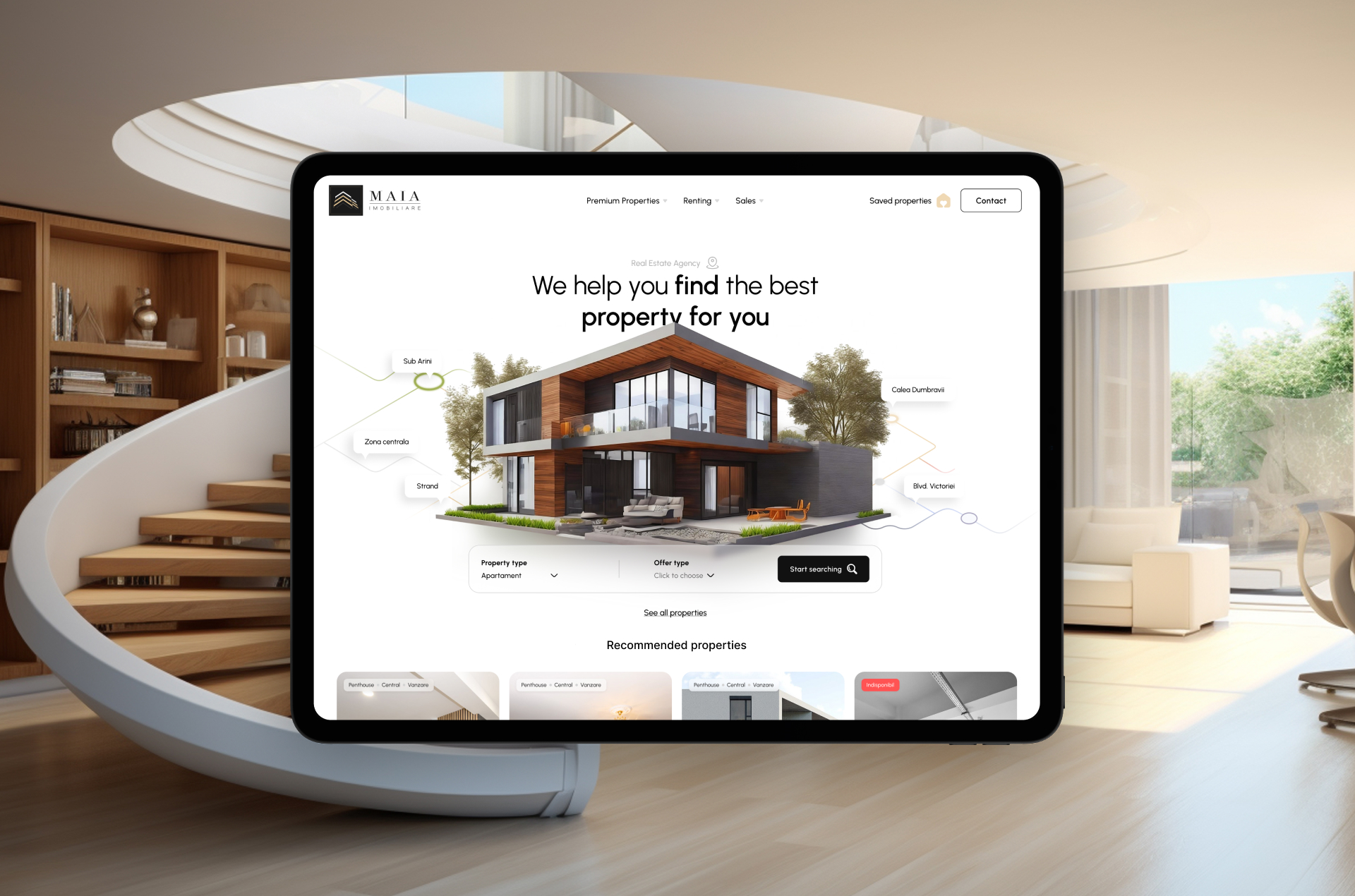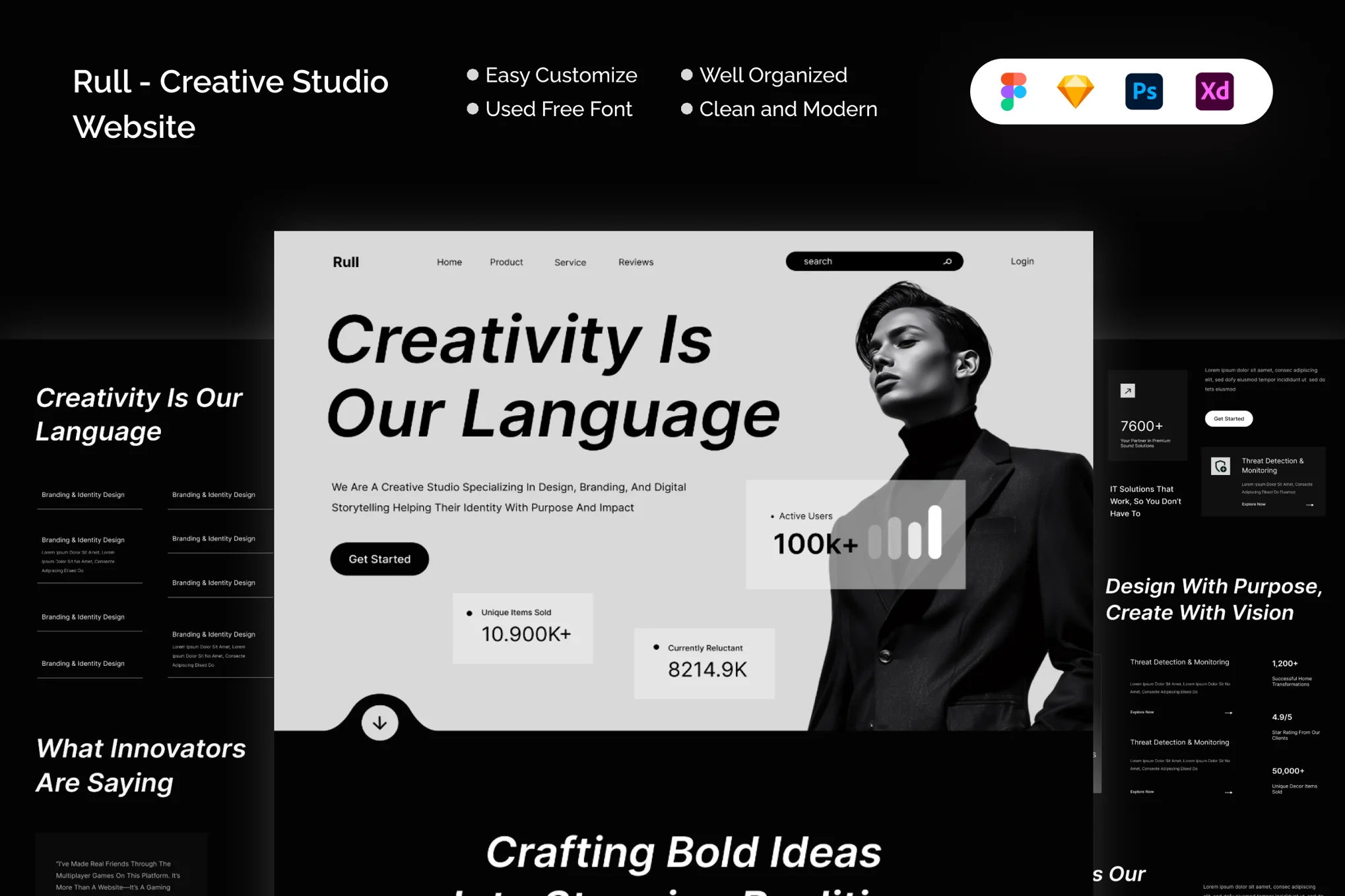What Does a Web Designer do All Day?

Web design is a fascinating field that combines creativity with technical skills. It’s a profession that’s in high demand as businesses and individuals alike seek to establish a strong online presence. But what does a web designer actually do all day? Let’s delve into the daily routine of a web designer and explore the various tasks and responsibilities that make up their workday.
What is the Role of a Web Designer
A web designer is responsible for creating the look, layout, and features of a website. This involves understanding both graphic design and computer programming. Once a website is created, a designer helps with maintenance and additions to the website. They work with development teams or managers for keeping the site up-to-date and prioritizing needs, among other tasks.
Web designers have a variety of daily tasks, including designing webpages, meeting with clients, coding, and troubleshooting. They also need to stay up-to-date with the latest design trends and technology to ensure the websites they create are current and effective.
Designing Webpages
One of the primary tasks of a web designer is, of course, designing webpages. This involves creating an attractive layout that’s easy to navigate. The designer will choose colors, fonts, images, and other visual elements that reflect the client’s brand and appeal to their target audience.
Designing a webpage isn’t just about making it look good. It also needs to be functional and user-friendly. This means the designer needs to think about how the user will interact with the page and design it in a way that makes it easy for them to find what they’re looking for.
Meeting with Clients
Another important part of a web designer’s day is meeting with clients. This could be to discuss a new project, get feedback on a design, or present a completed website. These meetings are crucial for ensuring the designer understands the client’s vision and can deliver a website that meets their needs and expectations.
During these meetings, the designer will ask questions to get a better understanding of the client’s business, their goals for the website, and their target audience. They’ll also discuss the client’s preferences in terms of design and functionality.
Web Development – Coding
While a lot of a web designer’s work is creative, there’s also a technical side to it. This involves coding the website using languages like HTML, CSS, and JavaScript. The designer will use these languages to bring their designs to life and make the website function as it should.
Coding also involves making sure the website is responsive, meaning it works well on a variety of devices and screen sizes. This is increasingly important as more and more people use their smartphones to browse the web.
Troubleshooting
Even the best-designed websites can have issues, and part of a web designer’s job is troubleshooting these problems. This could involve fixing broken links, resolving layout issues, or dealing with more complex problems like website crashes.
Troubleshooting requires a good understanding of coding and an ability to think critically and problem-solve. It can be a challenging part of the job, but it’s also one of the most important.
Staying Up-to-Date
The world of web design is constantly evolving, with new design trends and technologies emerging all the time. A good web designer needs to stay up-to-date with these changes to ensure they can create websites that are current and effective.
This could involve reading industry blogs, attending web design conferences, or taking courses to learn new skills. It’s a continuous learning process, but one that’s essential for success in this field.
Conclusion
So, what does a web designer do all day? As you can see, it’s a varied role that involves a mix of creative and technical tasks. From designing webpages and meeting with clients to coding and troubleshooting, a web designer’s day is filled with different challenges and opportunities.
Whether you’re considering a career in web design or you’re just curious about what these professionals do, hopefully, this article has given you a better understanding of the role. It’s a profession that’s both challenging and rewarding, with the opportunity to create websites that are not only visually appealing but also functional and user-friendly.










